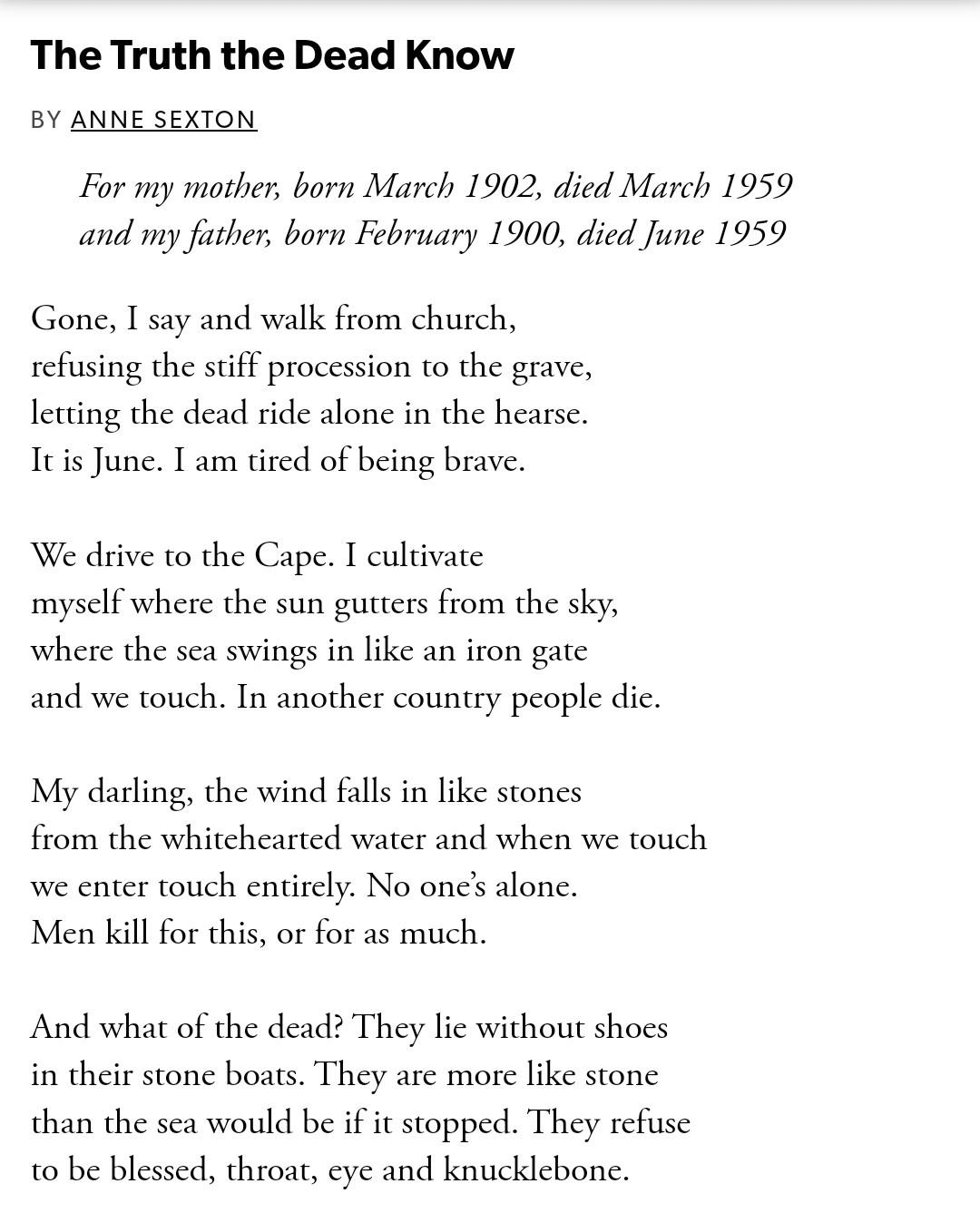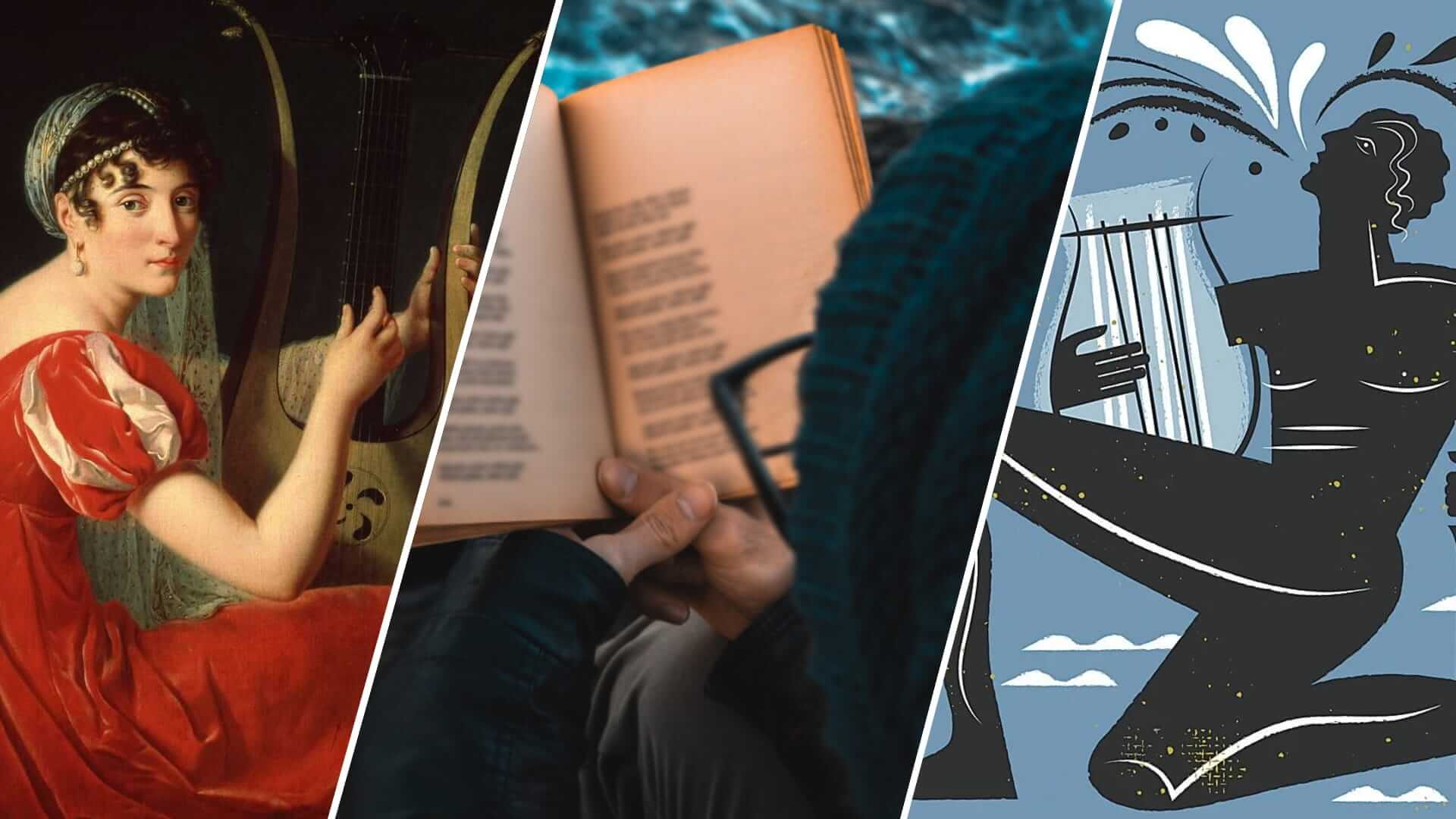L
yric poetry, the oldest form of poetry, is often overlooked in the contemporary world, yet it remains one of the most expressive and emotive literary forms. But what is lyric poetry? It is a personal and intimate genre that dances on the line between music and spoken word, often revealing the deepest sentiments of the poet. This article will explore through time, exploring the compelling world of lyric poetry, from ancient Greece to modern-day verses.
What is Lyric Poetry in Writing?
First, let’s define lyric poetry
Before we delve into the rich history, distinctive features, and profound impact of this type of poetic writing, let’s look at the definition of lyric poetry.
LYRIC POETRY DEFINITION
What is lyric poetry?
Lyric poetry is a genre of poetry that expresses personal and emotional feelings. In the ancient world, these poems were originally set to music, hence the term 'lyric,' which comes from the Greek word 'lyre,' a musical instrument similar to a small harp. Unlike narrative or dramatic poetry, which tell stories or present dramatic situations, lyric poetry focuses on the poet's innermost thoughts and emotions, often using vivid imagery and metaphor to convey its message.
What is Lyric Poetry Made From?
- Use of personal emotion and sentiment
- Emphasis on musicality and rhythm
- Predominance of first-person perspective
- The role of imagery and metaphor
Origins
History of lyric poetry
Lyric poetry, with its emotive language and personal perspective, has been a significant part of literary history for centuries. The evolution of this art form can be traced from the ancient civilizations to the modern era, reflecting the changing times and diverse voices of poets across the ages. Let's explore this journey through various historical periods.
Early Origins in Ancient Greece
Lyric poetry has its roots in ancient Greece, dating as far back as the 7th century BCE. Named for the lyre, a musical instrument that poets used for accompaniment, these poems were often performed in public recitations or festivals.
Notable early Greek lyric poets include Sappho and Pindar, who explored themes of love, desire, and reflection on their personal experiences.
Evolution through the Middle Ages and Renaissance
During the Middle Ages and the Renaissance, lyric poetry continued to evolve, expanding its thematic range and stylistic diversity. In medieval Europe, troubadours and trouvères popularized lyric poetry, creating verses that celebrated courtly love.
The Renaissance brought about an increased interest in human emotion and personal experience, reflected in the sonnets of Petrarch and later, William Shakespeare. This great video by CrashCourse dives into the sonnets of Shakespeare and the structure of sonnets.
Shakespeare's Sonnets: Crash Course
Development during the Romantic Era
The Romantic era in the late 18th and early 19th centuries marked a significant development in lyric poetry. Poets like Wordsworth, Keats, and Shelley shifted focus from external realities to internal feelings and imagination.
Daffodils by William Wordsworth • Lyric Poetry examples
Their works emphasized emotion, nature, and the individual, capturing the spirit of the age and leaving a lasting influence on the genre.
Modern and Contemporary
In the modern and contemporary periods, lyric poetry has continued to adapt and transform, reflecting changing societal contexts and artistic trends. With more diverse voices and styles emerging, lyric poetry has expanded to explore themes such as identity, culture, and social issues.
From W.B. Yeats' symbolic landscapes to Sylvia Plath's confessional verses, modern lyric poetry offers a rich tapestry of human experience and emotion.
Sylvia Plath Reads 'Daddy' • Lyric Poetry examples
Now that we have a broad understanding of the history of lyric poetry, let's delve deeper into its core elements.
Related Posts
What is Lyric Poetry Made Of?
Elements of lyric poetry
These fundamental aspects of lyric poetry will help us appreciate the unique rhythm, emotion, and imagery that make it such a powerful form of expression.
Use of Personal Emotion and Sentiment
One of the defining features of lyric poetry is its focus on personal emotion and sentiment. Unlike narrative or dramatic poetry, this type often explores the poet's innermost feelings, thoughts, and reflections. It provides a window into the poet's soul, offering a deeply personal and often emotive perspective on the world.
An example of this can be found in Shakespeare’s everlasting Sonnet 18. The emotion in the sonnet resonates so universally over time it has been alluded to in countless cultural and artistic creations such as in this scene from the film Nomadland.Nomadland • Sonnet 18
Emphasis on Musicality and Rhythm
Given its roots in song, lyric poetry places significant emphasis on musicality and rhythm. The use of meter, rhyme, and other sound devices creates a melody in the lines of the poem.
This musical quality not only enhances the aesthetic appeal of the verse but also serves to amplify its emotional resonance.
Predominance of First-Person Perspective
Lyric poetry predominantly employs the first-person perspective. This allows the poet to express personal feelings and experiences directly, creating an intimate connection between the poet and the reader. It's this use of 'I' that often makes it feel so immediate and personal.
Consider this examples from Anne Sexton.

The Truth the Dead Know by Anne Sexton • Lyric Poetry examples
The Role of Imagery and Metaphor
Imagery and metaphor play a crucial role in this type of poetry. They serve to evoke vivid mental pictures and convey abstract ideas or emotions in a tangible form. Through the use of descriptive language and figurative devices, lyric poets create a rich sensory experience that deepens the emotional impact of their work.
Lyric poetry, with its emphasis on personal emotion, musicality, and vivid imagery, offers an intimate and emotive form of expression. From ancient Greece to the modern era, its evolution reflects the changing voices and experiences of poets across ages. Understanding its history and elements helps us appreciate the depth and beauty of this enduring art form.
Up Next
What is a Stanza in a Poem?
As we wrap up our exploration of a lyrical style of poetry, let's shift focus to the stanza — a key component of a poem. In our next article, we'll uncover its importance in poetic structure.
